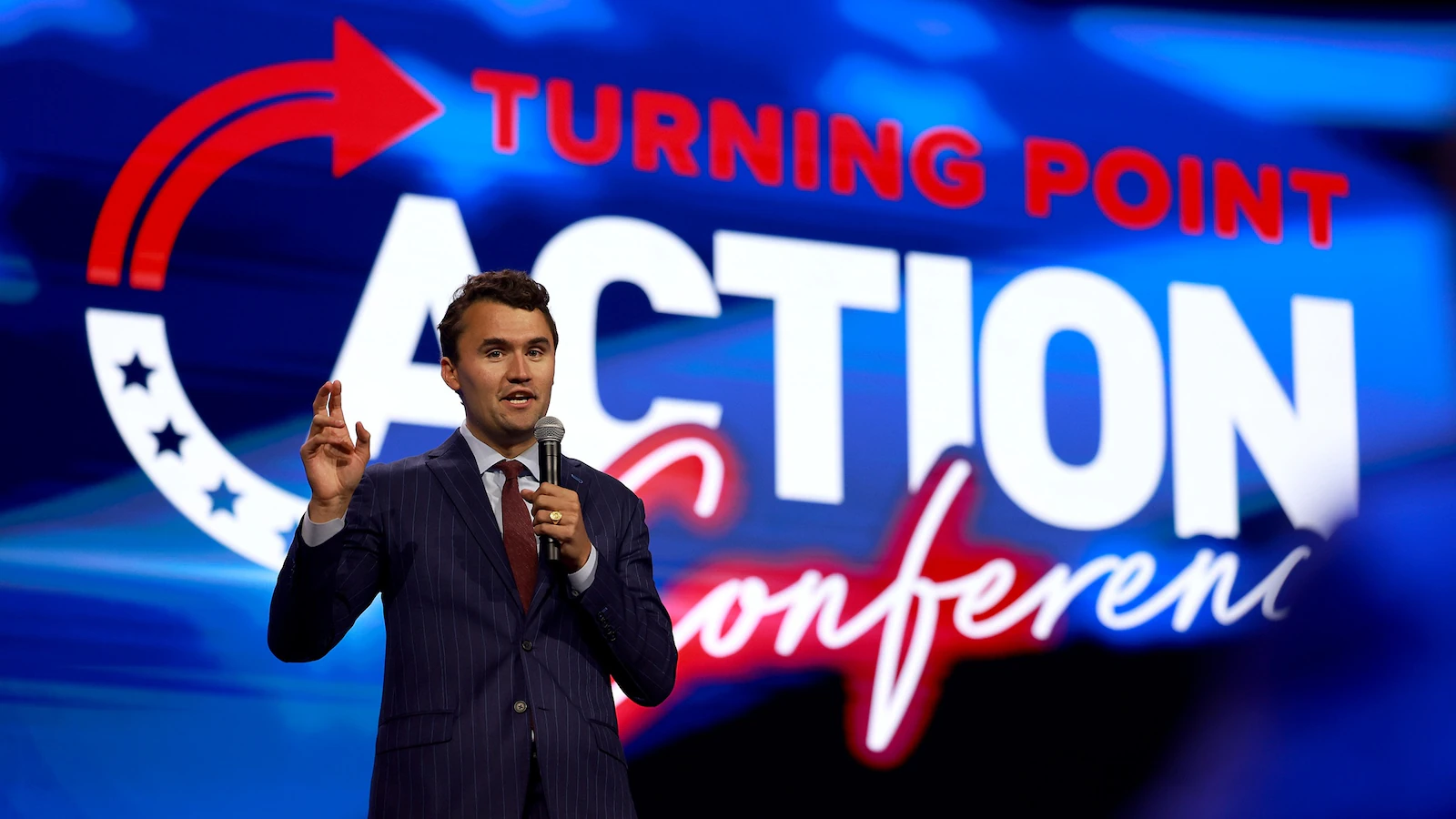
It’s all down to broad adoption of fast-changing AI tech, a scarcity of talent in the worker pool, and shifting workforce expectations, news outlet Human Resources Director reports. The data from the WEF’s Chief People Officer’s Outlook report for this year shows a bleak outlook for the jobs market: 42 percent of HR leaders surveyed predicted that there will be no real change in the uncertain labor market in 2026. This reflects “short-term caution amid long-term transformation opportunities,” the report says. Worse, 32 percent, or nearly one-third of respondents, predict that the labor market will actually weaken, and only 26 percent predict a more positive, stronger market.
The problems are amplified by “low vacancy and quit rates, which are currently well below recent peaks, specifically in the United States but also globally,” the WEF report notes. This resonates with numerous reports showing that Americans are both having a hard time getting a job (whether you’re a Gen-Z person being replaced by AI, or an older worker facing ageism and that people who do have jobs are fiercely holding on to them, “job hugging,” because they don’t want to risk their chances in a very uncertain employment environment.
HR leaders told the WEF that their top priorities for next year ahead include “revising organizational structures, fostering culture and purpose,” and “advancing workforce artificial intelligence” deployments. Many said AI holds particular promise for augmenting workers in their jobs and enhancing workflows, redesigning roles, aiding career development, and upskilling. They also warned that “skill atrophy” is a persistent problem, and noted that when AI is rolled out in companies, keeping the deployment “human-centered,” which we can take to mean boosting human skills rather than replacing them, is “essential.”
When it comes to integrating this breakthrough tech into workplaces, people officers said that their top priorities were: collaborating with technical departments when deploying AI tools and designing policy; mapping how AI is affecting people and their jobs; redesigning jobs and processes to reap AI’s benefits; upskilling workers; and hiring new AI-savvy talent.
Any new technology creates a new set of risks, and HR leaders worry that employees won’t learn quickly enough, that career stagnation will result as a loss of skills from overreliance on AI, and that companies may stumble over ethical or data privacy problems.
All of this vibes with numerous reports on the already dramatic impact of AI on the workforce. For example, a recent Microsoft report found that AI use can harm critical thinking skills. And in April a different study said teachers were warning AI use could harm a student’s long-term learning ability — which in time will affect the labor market. More positively, in July a survey of HR professionals found that 83 percent of HR professionals feel worker upskilling is critical for employees to stay competitive in an AI-impacted job market, implying that there is at least broad awareness among human resources professionals of the need for AI training.
What can you take away from this for your own organization?
Primarily, hiring suitable talent next year may be more difficult, due to the complex and changing job market, and changes in the type of workers hunting for new jobs.
But you should also be aware of the WEF’s focus on the impact of AI technology on the workplace. If you’re hoping to maximize the promise of many AI tools, including potential boosts to your workforce’s efficiency and productivity, you should really invest in training your workers. That will help them make the most of complex, tech-heavy AI tools, so that when their time is freed up by AI taking over mundane tasks. Done right, this training can help them be more inventive, efficient or speedy with the actual meat of their duties.



